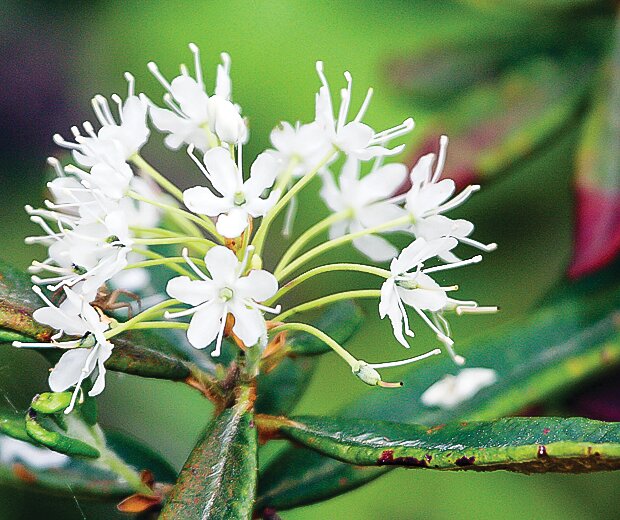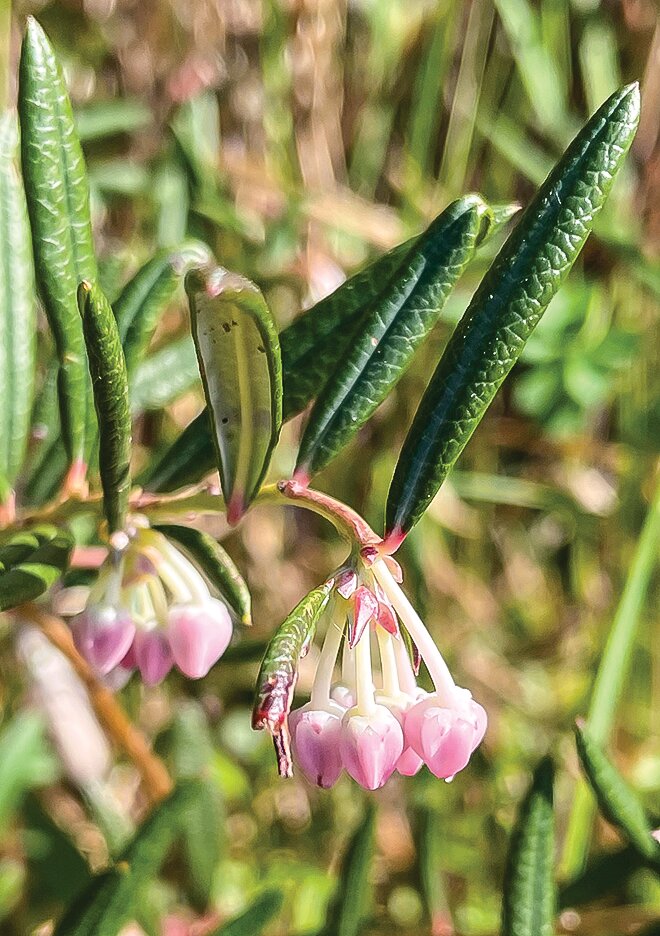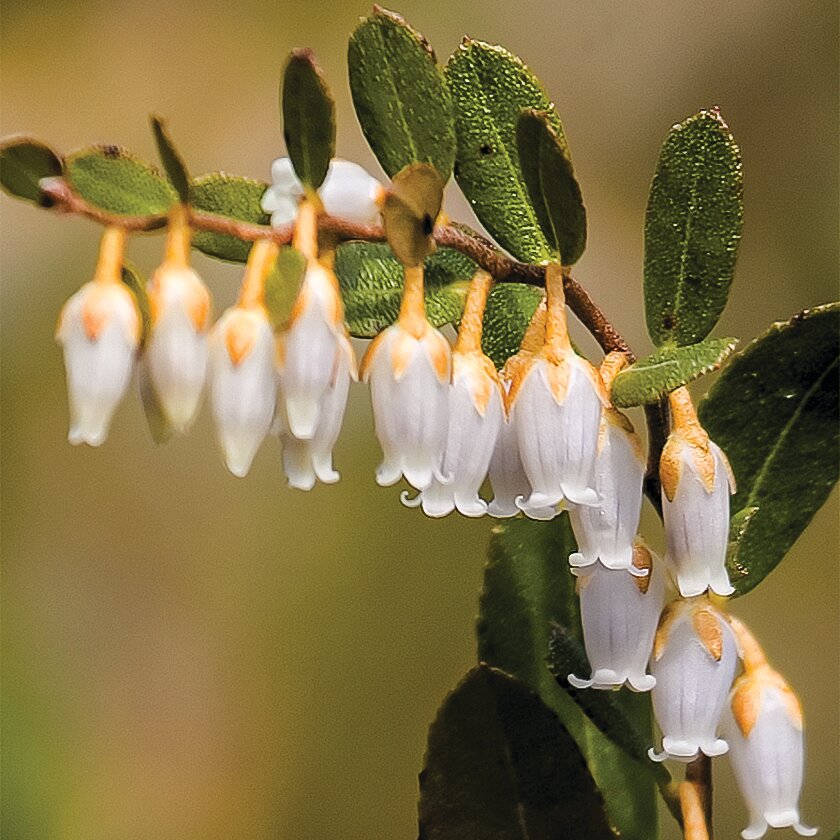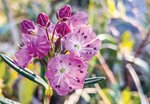Support the Timberjay by making a donation.
BOG BLOOMERS
It’s the right time for a hike in the heaths
As in an old Thomas Hardy novel, the blooming of the heaths is an occasion for superlatives. The heaths, members of the family Ericaceae, are found in wet and cool environments across the Northern …
This item is available in full to subscribers.
Attention subscribers
To continue reading, you will need to either log in to your subscriber account, or purchase a new subscription.
If you are a current print subscriber, you can set up a free website account and connect your subscription to it by clicking here.
If you are a digital subscriber with an active, online-only subscription then you already have an account here. Just reset your password if you've not yet logged in to your account on this new site.
Otherwise, click here to view your options for subscribing.
Please log in to continue |
BOG BLOOMERS
It’s the right time for a hike in the heaths
As in an old Thomas Hardy novel, the blooming of the heaths is an occasion for superlatives. The heaths, members of the family Ericaceae, are found in wet and cool environments across the Northern Hemisphere, from the moors of Scotland to the peatlands of northern Minnesota.
The Ericaceae, also commonly referred to as the “blueberry” family, consists mainly of low-growing, often evergreen, shrubs known for their distinctive, frequently showy, flowers.
Here in northern Minnesota, we probably pay most attention to our most common heath, the blueberry, but for the more adventurous among us, early June is the time to explore the area peatlands for what are collectively known as the bog heaths.
They’re in full bloom right now and in many peatlands across the area it’s a carpet of pink, white, and magenta.
The bog heaths are a distinctive lot, comprised of everything from the diminutive lowbush cranberries that slowly wind their way through hummocks of sphagnum moss, to the low-growing shrubs that dominate large swaths of area peatlands, including the ubiquitous leatherleaf, or Chamaedaphne calyculata, a plant whose name is highly descriptive of the small, tough, leathery leaves that populate this plant, interspersed this time of year with its white pearl-like flowers that dangle beneath along the shrub’s spreading branches. Labrador tea, or Ledum groenlandicum, is a similar example, only with a showy, white patch of flowers that grow only at the tips of its branches. And there’s the bog rosemary, Andromeda polifolia, with its waxy, almost needle-like leaves that offers up its bead-like pink and white flowers this time of year, or the bog laurel, Kalmia polifolia, with its shiny, dark green, paired leaves and astonishingly large, magenta flowers.
The bog heaths all live almost exclusively in bogs or fens here in northern Minnesota and they’ve had to adapt to the harsh conditions of life in the bog. While some bog plants have turned to a carnivorous nature to survive in a world with few nutrients available for plants, the heaths have made their peace with it by becoming hoarders of the scarce resources they can obtain.
Upland heaths, like blueberries, have access to more nutrients so they can do common things like shed their leaves come fall in preparation for winter.
But in the bog, plants have learned to be more thrifty and see a simple thing as a leaf as too important to shed lightly. Rather than expend resources to grow a whole new suite of leaves each spring, the bog heaths hold tight to theirs right through the winter. That, of course, comes with its own challenges. Most broadleaf plants drop their leaves in the fall to ward off dessication by the dry winter winds, at a time when they don’t have access to water because of the frozen ground.
To prevent that, the leaves of all the bog heaths are remarkably similar— thick, waxy, and tough, often curled along the underside to further limit exposure to drying winds. The Labrador tea further protects the underside of its leaves with a layer of wool-like fuzz just for good measure.
Their short, squat nature also helps, since they’ll typically spend much of the winter under the snow, where they’re further protected from the drying winter winds.
The bog heaths are worth checking out, but they bloom at a time when the mosquitoes and deer flies are often at their worst. Fortunately, I’ve donned the appropriate gear to survive a trip into the June swamp for another look at the blooming of the heaths, so you can enjoy them from the comfort of your easy chair. Thomas Hardy would be pleased.













